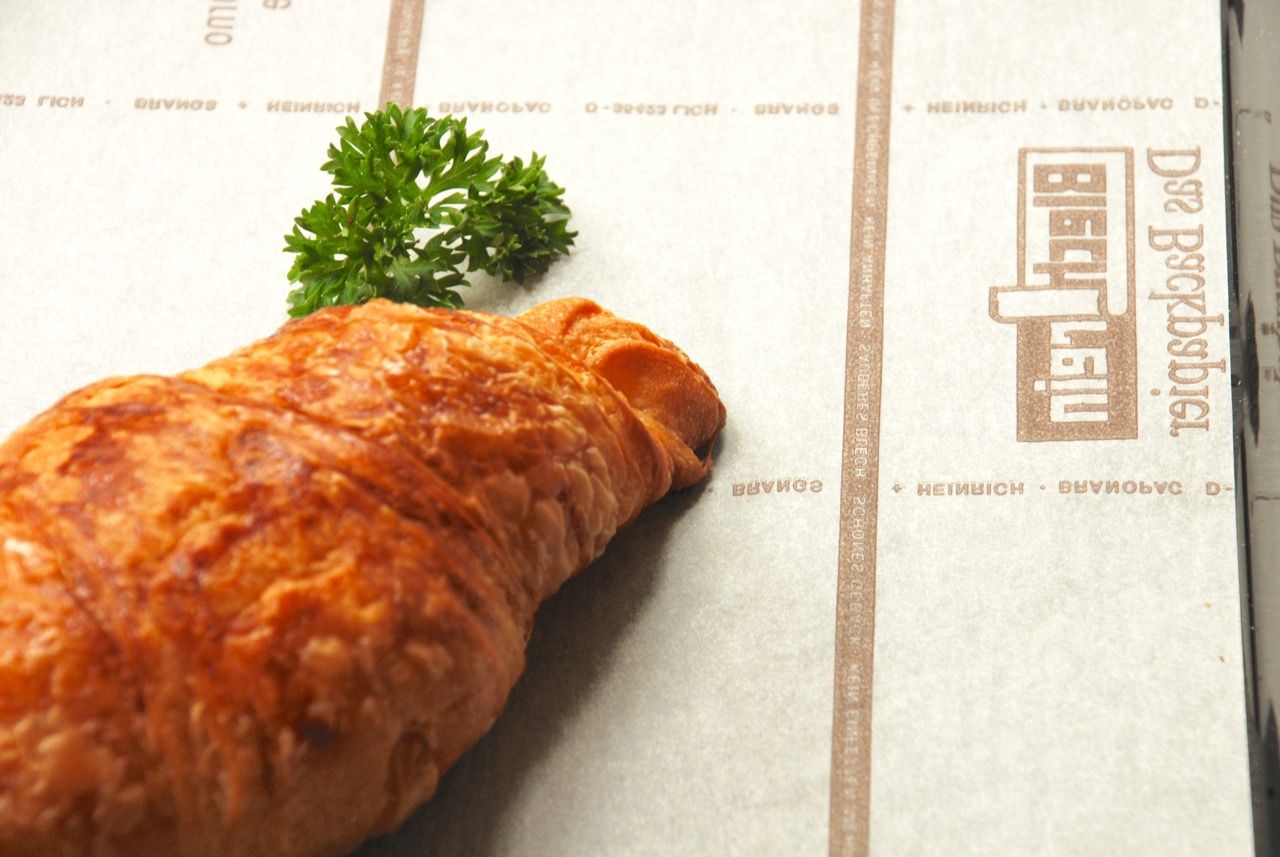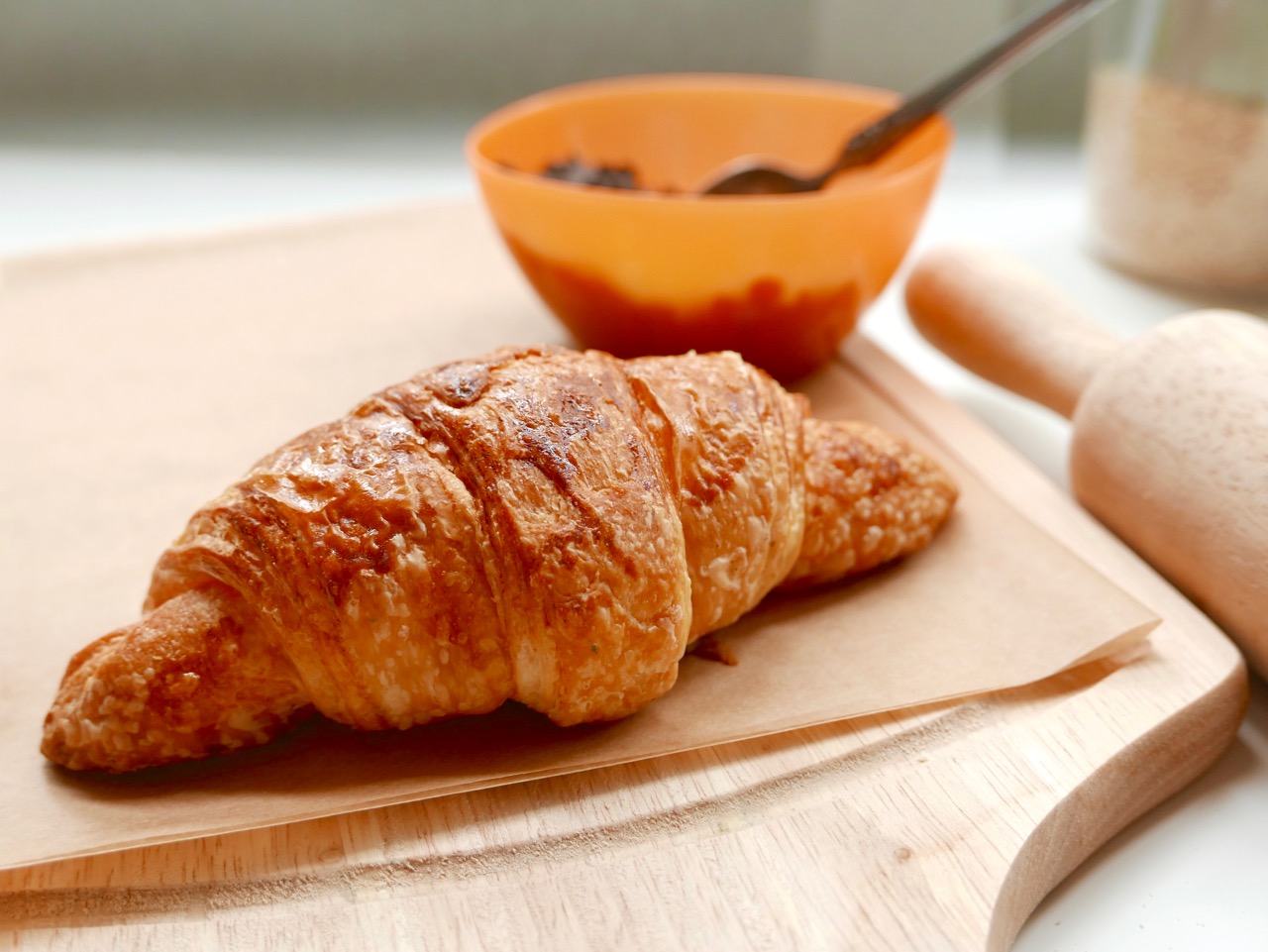Often people equate croissants as bread. In fact, croissants are one type of pastry. The basic difference between bread and pastry is that pastry is made from ingredients with high fat content so that the pastry has a flaky texture.
Based on the dough, pastry is divided into 3 groups: paste or liquid pastry (precisely in the form of solid paste), puff pastry (multiple), and short pastry. Now, which group does the croissant belong to? Croissants are included in the puff pastry group because croissants are made by the process of folding the dough repeatedly and rolling it so that it forms a multiplied texture of the dough with a soft, flaky final product.
The process of volume development in making croissants comes from an increase in volume due to fermentation and an increase in volume due to the effect of frying in the dough, where the water vapor in the dough layer consisting of layers of dough and fat evaporates due to the roasting process.
Along with the times, croissants are not only made as pastries with sweet or tasteless taste (without the addition of butter / jam). Many cafes that sell croissants as savory pastry. Stuffed like a sandwich with a mixture of meat, eggs, and fresh vegetables.
The process of making croissants can also be made easier by using Baking Paper Seven. Why? Because Baking Paper Seven is made of a layer of food grade silicone so that the pastry will not be sticky and can withstand temperatures up to 220 ° C. In addition, Seven Baking Paper also consists of 2 types, namely Seven Basic Bake Paper which is white and brown and Seven Premium Bake Paper. Both types of Baking Paper will help the process of making your croissants so you don’t have to bother with sticky dough on your baking pan.

